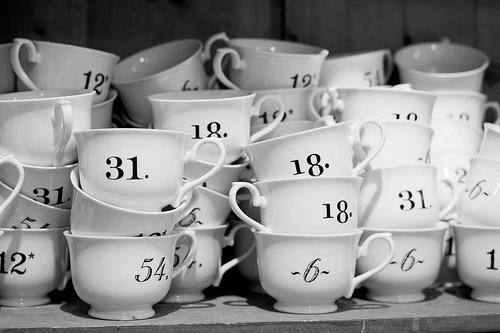Are You Being Responsible with Numbers?

Numbers. We deal with them all the time. They come at us from all directions. We believe them. Or we don’t. We throw them out and expect others to believe us. Those of us who work in the field of building science have a responsibility to understand them, to use them wisely, to share them appropriately. But there’s one word that describes the irresponsible way that numbers are used much of the time.
Numbers. We deal with them all the time. They come at us from all directions. We believe them. Or we don’t. We throw them out and expect others to believe us. Those of us who work in the field of building science have a responsibility to understand them, to use them wisely, to share them appropriately. But there’s one word that describes the irresponsible way that numbers are used much of the time.
That word is uncertainty. A common contest provides an important lesson on this topic. You go to an event and see a jar full of screws. If you come closest to guessing the correct number of them, you’ll win a shiny new thermo turbo encabulator max. Wow!
Here’s another example: How many cups are on that table in the photo above? All you have is a photo, and it doesn’t show you every cup distinctly. As is often the case in the real world, you don’t have perfect information. There’s no way you can come up with the number. You have to make some estimates about how many are in each stack that you can’t see completely.
I can see 37. Or is it 38? But how many aren’t showing, the ones behind those front stacks? Or maybe they’re trying to fool us by setting those back cups on top of something besides more cups.
The best we can do with the information we have is to estimate. If someone asks you how many cups are in the photo, will you say 37? 46? 61? Or will you say it’s probably somewhere between 40 and 60?
We deal with this all the time in building science. You do a blower door test and write down a fan pressure of 161.2 Pascals. That’s what your manometer shows, right?
But what was that number doing while you watched? Jumping up and down between 149 and 176 Pa. Is the 0.2 you put at the end really significant? No. How about the 1 before the 0.2? Maybe. Maybe not.
We deal with all kinds of numbers. If they’re related to quantities in the physical world, they all have uncertainty. It’s good to remember that when you calculate a floor area of 1263.77 square feet or read a Manual J load calculation and see a heating load of 41,296 BTU/hr.
Related Articles
The Secrets of Liars — How to Detect an Internet Solar Energy Scam
When Is 100% Efficient Not Good Enough?
The End of Growth – Mathematics & Peak Oil
Photo of numbered tea cups by Clyde Robinson from flickr.com, used under a Creative Commons license.
NOTE: Comments are moderated. Your comment will not appear below until approved.
This Post Has One Comment
Comments are closed.

Great insight. It’s ok to
Great insight. It’s ok to keep dividing by two … but you have to be a little crazy to think you will ever reach 0. I think I could use a man like you for a project I have in mind.